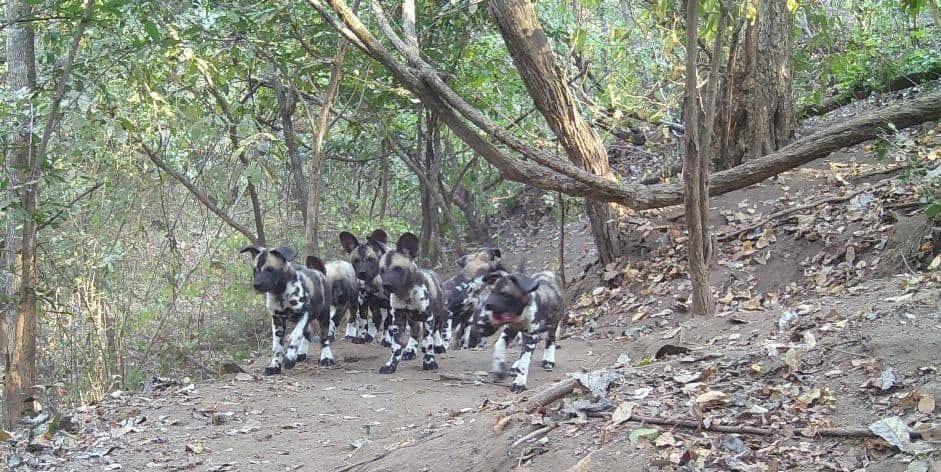SPECIES MONITORING - African Parks put key species under surveillance 24/7
Computerised monitoring has made it possible to keep track of fine-scale movements of wildlife, enabling staff to understand factors that influence local and migratory movement of species

CHIKWAWA, Malawi (Planet Defence) - African Parks Wildlife Monitoring Unit at Majete is leaving no stone unturned in its quest to ensure key wildlife species are under surveillance 24/7 using very high-frequency gadgets and apps to track collared species, monitor their movements as part of enhanced security measure as witnessed recently during a visit to the reserve.
Digital monitoring is being complimented by ground truthing using experienced team of rangers’ that takes physical pictures of species like Lions and Black rhinoceros on a routine basis.
Craig Thomas, Majete’s Head of Wildlife Monitoring Unit, which collects information from key wildlife species collared to monitor their movements as part of human-wildlife control agrees that tracking animals is paramount in such a diverse ecosystem. The unit uses LoRa technology, a wireless modulation technique derived from chirp spread spectrum technology for wildlife tracking.
Key species that are under strict surveillance include Lion, Wild dog, Cheetah, Rhinoceros, Giraffe, Elephant and Pangolin.
“We use pre-recorded voice calls of animals that Lions prey on like buffalo for instance. The call is played on a device after a carcass has been tied near where the audio is being played. The lions find the carcass following the call and start feeding on it and wildlife monitors have ample time to collect data of the Lions on size, sex and composition,” says Thomas during a night call up exercise inside the reserve while giving out strict instructions0.
Lion call-ups are also a method used by reserve management for visitors to view wildlife as part boosting eco-tourism. In this way, Lions get accustomed to visitors who watch prides in their natural habitat while they are busy feasting on a carcass tied to a tree.
Unlike 20 years ago, law enforcement staff in Majete now boost of innovative technology such as Global Positioning System devices (GPS). All rangers’ teams carry GPS devices during patrols and have a cyber tracker app installed on their handsets used for data collection and location mapping while in the field.
The app information gathered is then fed into Earth Ranger, which allows information consolidation in terms of key species encountered, carcasses detected, and animal spoor recording during ground patrols by law enforcement staff.
Earth Ranger is a software that collects, integrates, and displays all historical and available data and combines it with reports from the field to provide one unified view of collared wildlife, rangers, enforcement assets, and infrastructure within a protected area.
Analysts observe computerised species tracking this is an effective solution for monitoring and studying wildlife movement across ecosystems, ranging from very specific areas to continent-wide migrations.
Another monitoring tool is the camera trap, a deliberately installed device mounted at water holes and a long path used by animals. The camouflaged cameras collect information without wildlife species knowing. This footage when collected provide critical information, especially for nocturnal animals such as sizes of wildlife whether young, juvenile or adult and in turn this informs management of prey or predator densities in the reserve.
“We are very happy to announce the birth of this second litter of Wild dog pups to Majete after introducing them in 2021,” says a social media update on Majete Facebook this week which is a monitoring result from the camera trap.

“In terms of law enforcement coverage, this kind of information is very helpful for protected area planning and law enforcement staff deployments and also knowing where most species prefer to roam or territorial preference,” says Billiat Zidana, head of law enforcement at Majete.
Majete Wildlife Reserve has clocked 20 years since African Parks took over management of the protected area in 2003. Presently, a fully-fledged wildlife monitoring unit is in place using state of the art digital surveillance equipment that is manned 24 hours daily in the central control room.



